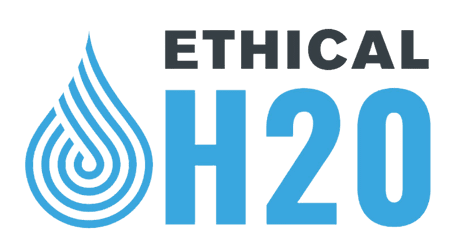
According to the U.S. Geological Survey, 85% of homes in America suffer from hard water. Hard water is responsible for problems like white spotting on dishes, faucets and shower doors and build up in pipes and appliances. Untreated hard water can lead to costly appliance damage, decreased heating efficiency, and the need for faucet replacements. Moreover, it negatively impacts the body, causing dryness of the skin and hair. Fortunately, there are effective solutions available for treating hard water, but finding the best one for your needs requires some exploration. Continue reading to explore the most effective solutions for treating hard water, as well as a comprehensive comparison of their features and benefits.
Process
Water softening and water conditioning are the two most prevalent and economical ways to address hard water on a whole home level. While both methods share the common goal of reducing hard water, they employ distinct approaches that set them apart from each other. Water softening involves using salt to physically remove the minerals that cause water hardness, through a process called ion exchange. Water conditioning on the other hand, encompasses various methods, including physical and chemical processes. Specifically, modifying the properties of water to reduce scaling without removing the minerals and without using salt. The 3 relevant conditioning methods on the market are Magnets, Electronic Impulse, and Template Assisted Crystallization (T.A.C) (this is what the Ethical H2O
systems use).
Magnetic Water Conditioning
Magnetic water conditioning is a type of water conditioning method that uses magnets or magnetic fields to alter the properties of water. The theory behind magnetic water conditioning is that the magnetic fields generated by the magnets can cause changes in the physical and chemical properties of water. This includes the arrangement of ions and molecules. As a result, it is believed to reduce the formation of scale deposits, improve water flow, and potentially enhance the effectiveness of detergents and soaps.
Electronic Impulse Water Conditioning
Electronic impulse water conditioning is a process that involves using electromagnetic fields or electric currents to treat water in order to improve hard water issues.
The electronic impulses are generated by devices installed in or near the water source. They work by altering the physical or chemical properties of the water through the application of electrical energy. These impulses can affect the behavior of minerals, ions, and other substances in the water. This may result in reduced scaling, improved solubility, and enhanced overall water quality. The specific mechanisms by which electronic impulses condition water are complex and can vary depending on the technology used. They generally involve modifying the structure or properties of water molecules, ions, or particles to reduce or eliminate undesirable effects such as scale formation, corrosion, or microbial growth.
Template Assisted Crystallization (T.A.C)
Template-assisted crystallization works by introducing a template or seed crystal into water. The template then serves as a nucleus for the formation of larger, well-formed crystals. Other mineral ions or particles in the water adhere to the template, allowing them to grow into larger crystals. This process helps to reduce the formation of smaller crystals that are more likely to adhere to surfaces and form scale. As a result, there will be improvement in the water quality and reduced scaling issues. T.A.C has been third party tested by the state of Californian in conjunction with Arizona State University, to be the most effective conditioning method on the market. CLICK HERE to review that study.
Mineral Removal
Water softening is specifically designed to physically remove calcium and magnesium ions from water. These minerals are the main culprits of hard water. This is done through an ion exchange process. Hard water passes through a tank filled with resin beads that attract and remove the calcium and magnesium ions, and replace them with sodium or potassium ions. Water conditioning, on the other hand, does not remove the minerals. It instead changes the way minerals act, reducing the forming of scale deposits.
Overall Water Quality
Water softening results in water that is considered “soft” because it has reduced levels of calcium and magnesium ions. Soft water can have a slippery feel. And, it is more effective in lathering soap and cleaning dishes, clothes, and appliances. Water conditioning, on the other hand, results in conditioned water. Not “soft” water in the traditional sense, but still improves the water’s properties by reducing scale buildup.
Maintenance and Costs
Water softening systems typically require regular maintenance, including replenishing salt or potassium periodically. In addition, every 10-20 years replacing the resin media. A water softener requires a drain and an outlet. Water conditioning methods typically have less maintenance requirements. Also, electrical is not required (except for electronic impulse) or a drain. The overall cost of water softening systems, including operation, and maintenance, may be higher compared to some water conditioning methods.
In summary, water softening and water conditioning are different methods used to treat hard water. Water softening is specifically focused on removing calcium and magnesium ions. Water conditioning on the other hand, modifies the properties of water to reduce hard water issues without removing the minerals. Both methods have their advantages and disadvantages. Ultimately, the choice between them depends on specific needs, water quality, preferences, and budget.
Ethical H2O offers absolutely free phone or in person consultations to help you determine the best solution for your situation, family and home.
